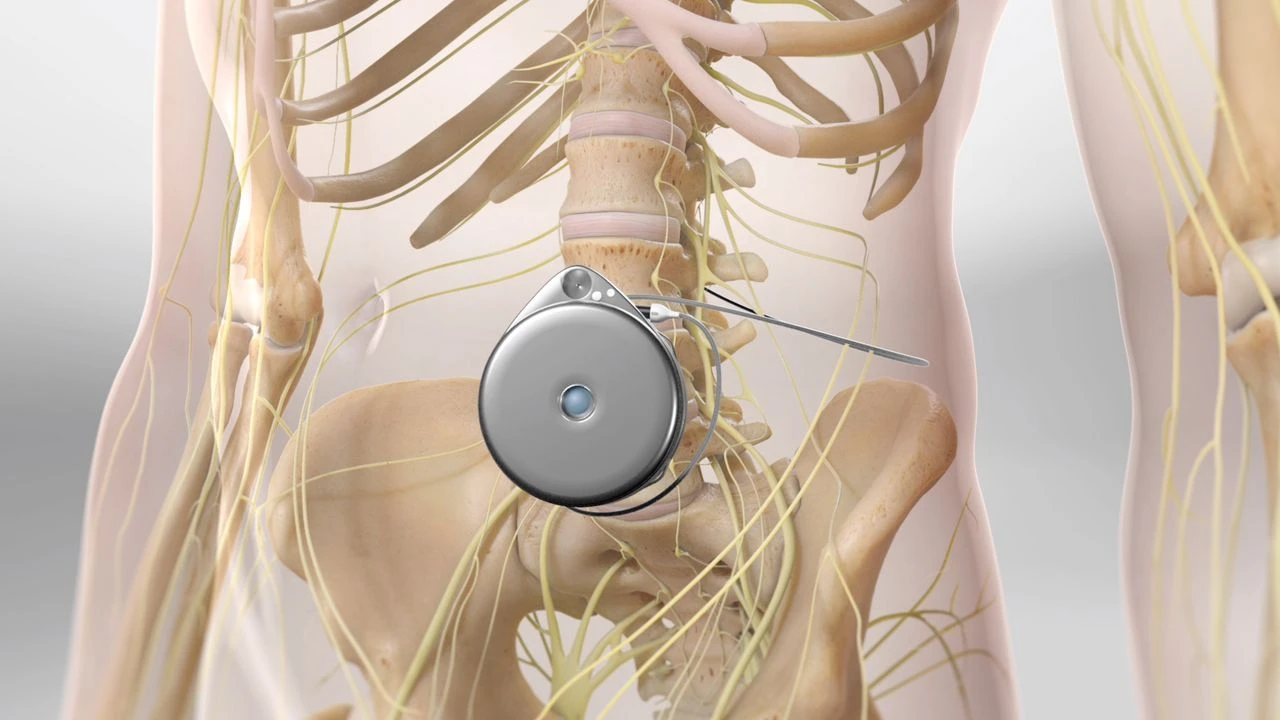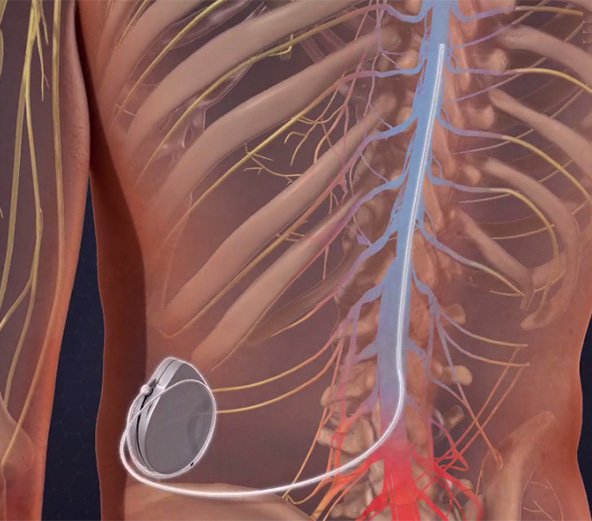



An intrathecal pump is a medical device used for managing chronic pain, delivering medication directly to the spinal cord through a catheter, allowing for effective pain relief with a minimal dose. It is often used for patients who have not found relief through oral medications or other treatments. This treatment can significantly improve the quality of life by reducing pain and allowing patients to regain mobility and function.
Description:
An intrathecal pump is a small device implanted under the skin that delivers pain medication directly to the spinal cord, targeting the source of pain more effectively than oral medications.
Description:
The intrathecal pump delivers medication directly into the intrathecal space around the spinal cord, where pain signals are transmitted.
Description:
Intrathecal pumps offer several advantages for patients with chronic pain conditions, especially those who have not responded to oral medications.
Description:
The intrathecal pump is suitable for patients who suffer from chronic pain that has not responded to oral medications or other treatments.
The pump typically lasts around 5-7 years, but the battery life may vary depending on usage. After the battery is depleted, a replacement procedure is required.
The intrathecal pump is a long-term solution for pain management, but it may require adjustments or replacement as the patient’s needs change over time.
The procedure is done under local anesthesia or sedation, and most patients report only mild discomfort. After the procedure, some pain or soreness at the implantation site is normal, but this subsides over time.
Some risks include infection, bleeding, pump malfunction, or catheter displacement. However, these complications are rare and can be managed by a skilled medical team.
Yes, the intrathecal pump will need to be refilled periodically, typically every 1-3 months, depending on the dosage and the patient’s needs. This is a simple procedure performed by a healthcare provider.
We always take care of your smile
(+91) 8826469876
India’s Leading Hospital for Advanced Pain & Cancer Care, Providing Comprehensive Solutions for Chronic Pain and Recovery.
WhatsApp us